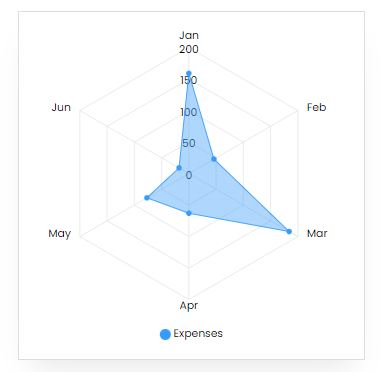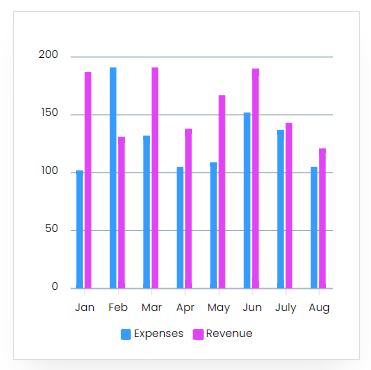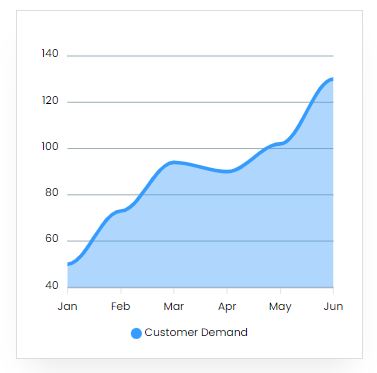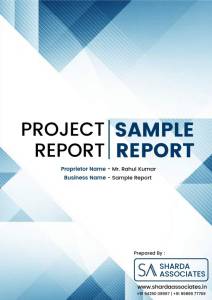Project Report For Children Wear
Introduction
Project report for Children Wear is as follows.
Children’s wear also referred to as kids’ clothing, is designed for young children who have not yet grown to their full height. Children’s clothing is usually more casual and appropriate for leisure activities than adult apparel.
Nowadays, more and more parents shop for children’s clothing that is already made rather than sewing it themselves. A significant market for children’s clothing in all fabrics, designs, colors, and patterns has been created by rising income levels, urbanization, and fashion design awareness. The cost of the newest children’s fashion has also decreased thanks to the large-scale production of these products.
Children’s clothing options include dresses, children’s undergarments, shorts, shirts, pants, dungarees, chaniya cholis, and similar items. Fashion designers develop a wide range of styles, patterns, shapes, and fittings for these products in order to produce a vast product line that satisfies the needs of all societal sectors.
For basic practical reasons, gender-specific clothing for small children was unusual for most of history. Both the type of clothing and the color were taken into account. White clothing was easier to clean, required fewer clothes because it could be used for any baby, and parents did not need to buy or sew an entire set of pink dresses for one baby and then an entire set of blue slacks for the next baby. Before birth, parents had no idea whether their child would be a boy or a girl, and white clothing was considerably less expensive.

The cutting table is covered with layers of fabric that were purchased in rolls. To reduce fabric waste, patterns of various garment components made of cardboard, plywood, or metal are placed on the fabric. The fabric is then cut using a vertical motorized blade into multiple layers.
On an assembly line, garments are sewed, with each machine operator finishing only a fraction of the finished goods. Starting on the first machine, stitching continues until the product is examined for any quality issues. The next step is to clean the garments of any loose yarn or dirt before placing them in plastic bags per the instructions of the customer.
Project Report Sample Of
Children Wear
Get Completely Custom Bankable Project Report
Fabric is the main raw material, and it may be purchased from textile mills, wholesalers, and brokers all over India. To attain the required cost & comfort in the finished product, one can utilize cotton, polyester, or a blend of fabrics.
Spending on baby garments has increased as a result of rising income levels, an increase in the ratio of working women, the desire to provide a better life for children, and urbanization. The rising trend in income and education will continue to favor spending on children’s clothing.
Market Potential Children Wear
The global children’s wear market will be worth US$ 260.6 billion in 2021. According to the publication, the market will reach US$ 352.4 billion by 2027, with a CAGR of 5.16% from 2021 to 2027.
Expenses

Product Cost Breakup

Reveneue Vs Expenses

Market Trend

Children’s wear is clothing made for children ranging in age from 0 months to 12 years. It consists of innerwear, outerwear, nightwear, socks, and tights made from materials such as hosiery, cotton, polyester, silk, and satin-based fabrics. When compared to adult attire, they are typically more informal, comfy, and flexible, have greater fabric quality, and are suitable for play and rest. Individual clothing lines for both boys and girls, as well as gender-neutral clothing, are widely accessible on the market, offering garments in a broad variety of styles, colors, and textile materials, depending on the wearer’s needs.
One of the primary elements driving market expansion is the world’s constantly rising population. Furthermore, increased consumer demand for premium and branded clothes is boosting the industry. Due to rising spending power and changing lifestyles, parents want to acquire high-quality premium clothes to assure their child’s maximum comfort and safety.
Furthermore, the developing trend of matching outfits such as mommy and me and mini-me gowns, as well as the introduction of clothing lines influenced by increased celebrity exposure, are positively boosting product sales. Vendors are producing miniature reproductions of adult-size clothes for children that look like the clothing worn by parents or celebrities.

